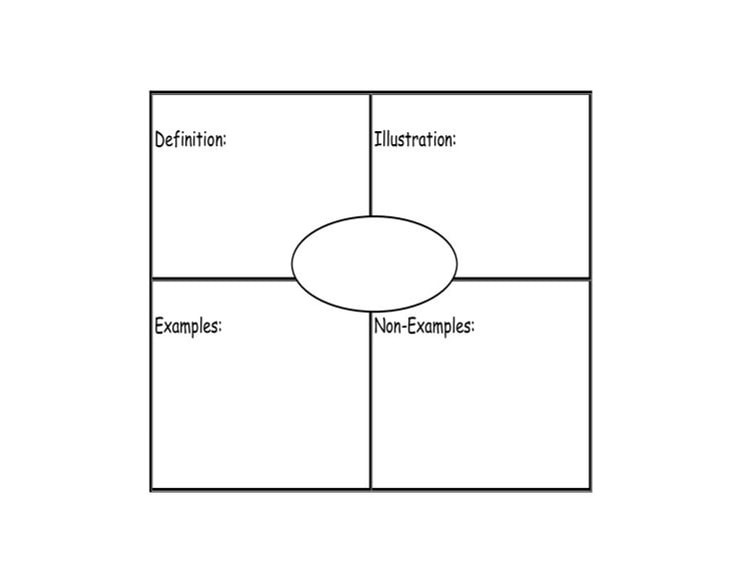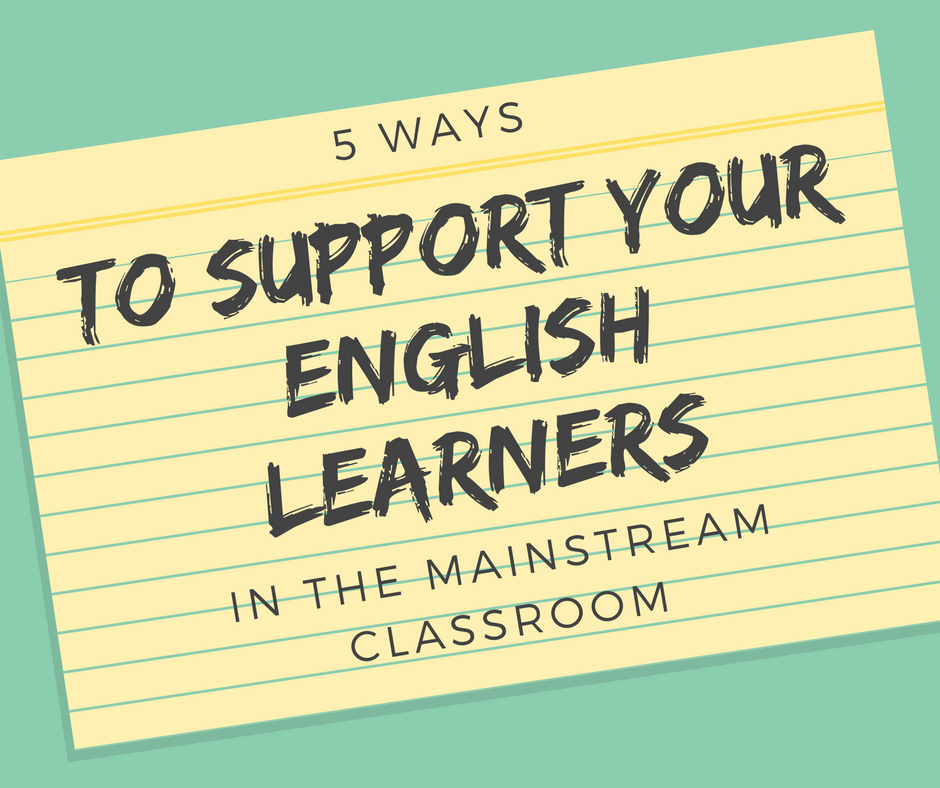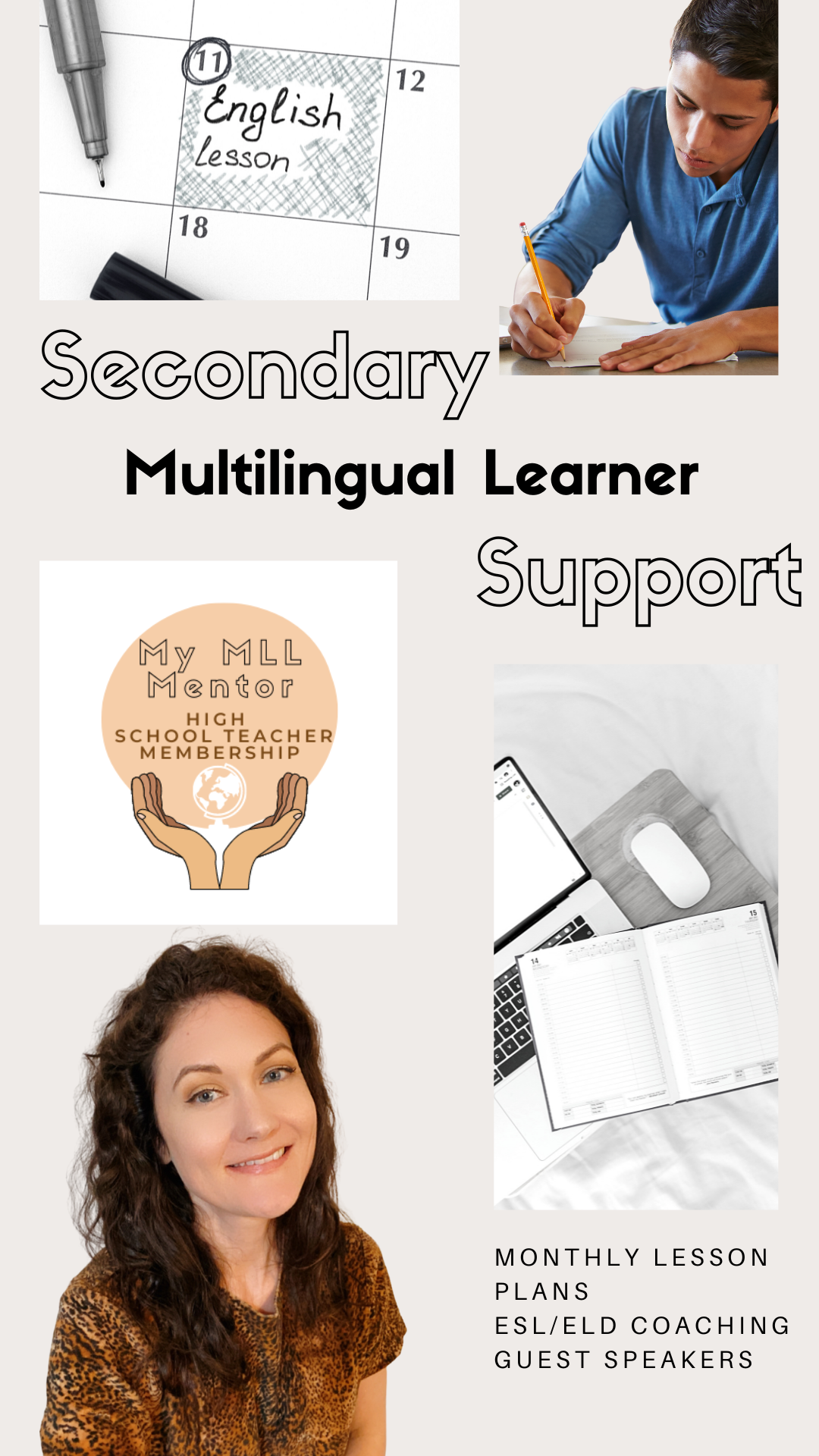|
You've just received a new student, and you quickly find out that the student's English proficiency is not the highest. You might ask the student what his/her name is and all you get is a blank stare. There may even be a tear welling up in the student's eyes, along with a quick look of panic. The first thought in your mind might be, "How am I going to teach this student U.S. History? We can barely communicate!" It will be hard, but there are simple ways to help your new student succeed. Let Them Sit Next to You or a Peer Have the student sit next to a classmate who speaks the native language. If there isn't one, allow the student to sit near you, or where you may be circulating the room the most. It's okay if this student uses a classmate as a translator at first. It will also help them make a possible new friend and open up a little. Speak with the translator to let them know that this is for academic purposes, and to be respectful to the class and the teacher when talking (so classroom management issues don't arise). Instruct them to practice using accountable talk together in English. Here is a good accountable talk cheat sheet I have made for my ELs specifically. Assist them with Special and Academic Vocabulary Some of your English learners, or ELs, may still be learning tier 1 words like book, run, shoes, dog, and apple. Your ESL teacher at your school is working diligently to develop their vocabulary within the different tiers, so don't worry about teaching them the simple ones. Do worry about tier 3, and possibly some tier 2 words that may come up only in your classroom. Tier 3 words are ones like amino acid, integer, and revolutionary war. Tier 2 words are just as important. They are words that are high-frequency and may have multiple meanings, like summarize, formulate, industrious, masterpiece, evidence. Help them make a personal file of Marzano/Frayer vocabulary cards, or set up a Quizlet so they can practice the words at home. Speak Clearly
Speak clearly, but don't dumb it down. Personally, my ELs complain about teachers speaking to them like they are "babies." Speak like you would to your other students, just a little more slowly and a little more clearly. Use the same vocabulary. If you can tell that they did not understand, use more simple words to get your main idea across. This can be difficult, because a lot of students may just say "ok" or "yes" or do a simple head nod, but don't actually understand. Try to probe a little harder, or ask for assistance from a translator if needed. Let Them Translate, but Let Them Struggle Too Phones are a tricky thing in the classroom. How do we know they are using it for translating and not Snapchat? As teachers, we can generally tell when a student is off task. No, it's not okay for students to sit on social media. If you can tell they are not using their phones for the assignment, banish them from translating; you won't seem insensitive. Also, ELs are allowed to use a bilingual, word-to-word dictionary on most state assessments, so I recommend that students get one and practice using it throughout the school year. Should they be translating every word? No! Let them struggle. They should be trying to use context clues gradually. For beginners, it's acceptable for them to need to translate more, but as time goes by, require them to use it less. If not, they will start using it as a crutch, and it will ultimately hinder the language learning process. Use Visuals and Real-Life Objects How can you make up for what ELs may not understand in listening and reading? Visually! Include as many graphic organizers, pictures, videos, and realia (real life objects) as you can. I love bringing real life objects into my classroom, and it's easy to do with any subject. For example, I may have real menus and foods if that is what we are learning and we may practice how to order off of the menu. For Thanksgiving, we were learning the history of the Pilgrims and Native Americans and a couple of us brought in a pumpkin pie for our Thanksgiving "feast". When we've read Night by Elie Weisel in the past, I brought in a picture of my grandfather because he was Jewish and his parents fled Germany for the United States. For this year, we are reading about Elizabeth Van Lew in our ESL classes. I included plenty of videos and pictures from the Civil War. We will also do a secret message activity where they will write out their message in milk on paper and then put pencil shavings on top to reveal what the message says, like Van Lew did for the Union (enter grammar or vocabulary practice here). Here is a link to some more ideas on using realia in your classroom. These are just a couple of things I have done that help them make connections while also letting them learn a little about me as well. What types of items can you include to bring the real world into your own classes? Your ESL staff is happy to give you more ideas for accommodations to satisfy your student's Language Support Plan and help your ELs be successful. To learn more about strategies for incorporating language into your lessons, check out my course, My EL Mentor: Creating a Language-Rich Classroom! And if you are a high school teacher, consider joining my membership, My MLL Mentor, to discuss ideas like this with other high school ESL teachers!
0 Comments
Leave a Reply. |
AuthorI support middle and high school teachers through monthly lesson plans, coaching, and guest speaker offerings in our Secondary ESL Teacher Membership. Archives
April 2023
Categories
All
|




 RSS Feed
RSS Feed
